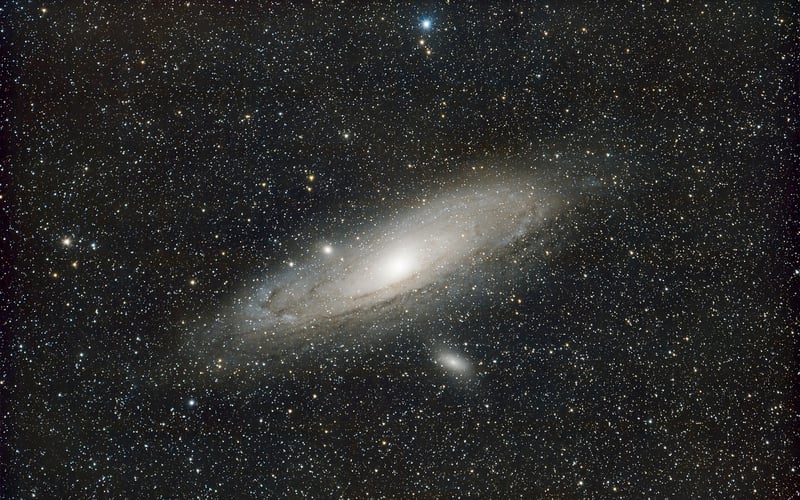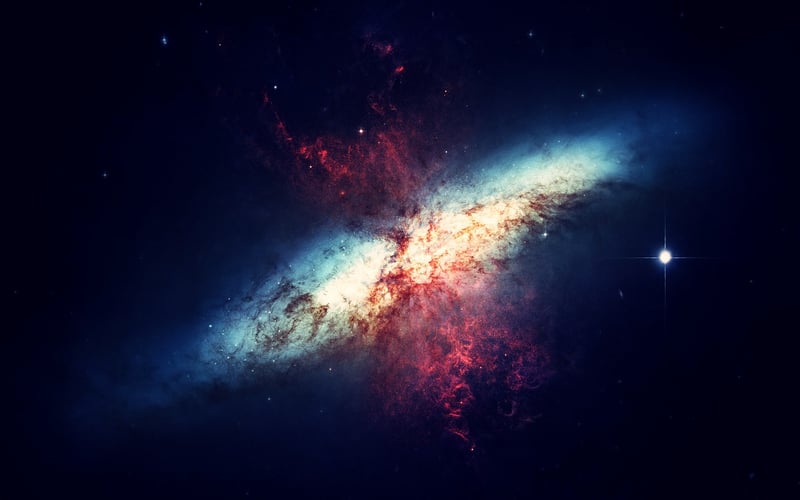Black Holes
Unraveling the Unknown: A Journey into the Mysteries of Black Holes
Have you ever gazed up at the night sky and wondered about the enigmatic entities known as black holes? These cosmic phenomena continue to captivate both scientists and space enthusiasts alike, challenging our understanding of the universe and stretching the limits of human knowledge. Let's embark on a journey to unravel the mysteries of black holes.
What are Black Holes?
Black holes are regions in space where gravity is so intense that nothing, not even light, can escape their grasp. They are formed when massive stars collapse under their gravity, creating a singularity - a point of infinite density at the center. This intense gravitational pull creates a boundary called the event horizon, beyond which nothing can return.
Types of Black Holes
There are primarily three types of black holes:
- Stellar Black Holes: Formed from the remnants of massive stars.
- Supermassive Black Holes: Found at the centers of most galaxies, including our Milky Way.
- Primordial Black Holes: Theoretical black holes that formed soon after the Big Bang.
Unraveling the Mysteries
Despite their intriguing nature, black holes pose numerous questions that scientists are still striving to answer:
- What happens beyond the event horizon?
- Can anything escape from a black hole?
- How do black holes influence the fabric of spacetime?
Exploring the Universe's Extremes
Studying black holes provides insights into some of the most extreme conditions in the universe. Scientists use advanced technologies like space telescopes and simulations to unravel the complexities of black holes and their impact on the cosmos.
Conclusion
As we continue to explore the vast expanse of space, black holes stand out as celestial enigmas that push the boundaries of our understanding. Unraveling their mysteries not only advances scientific knowledge but also sparks our curiosity about the wonders of the universe.

